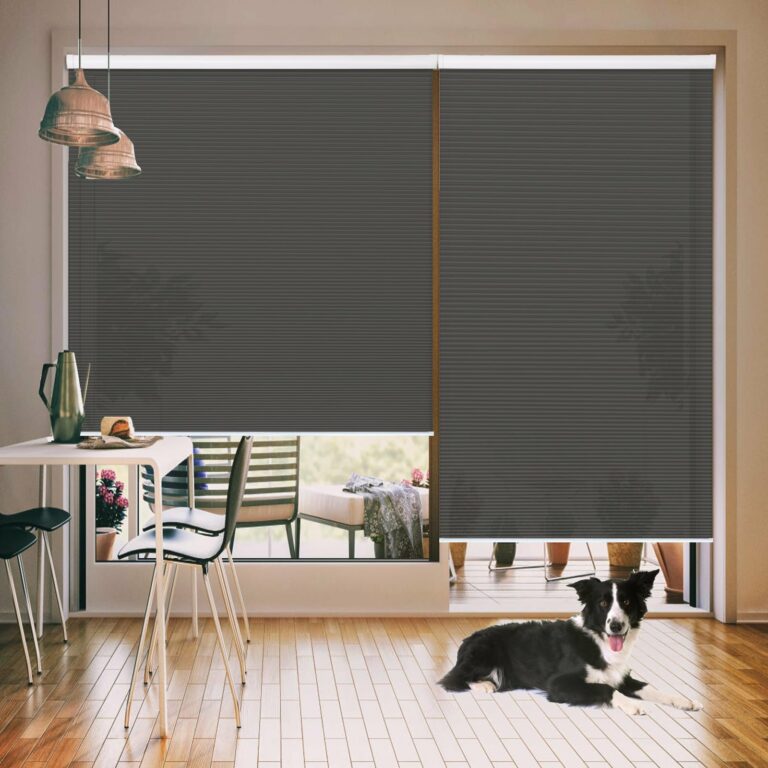Eco-Friendly Furniture Options for People with Allergies
Are there any eco-friendly Furniture Options for People with Allergies? The answer is a resounding yes! If you’re one of the many individuals who suffer from allergies and are also mindful of the environmental impact of your choices, you’ll be delighted to know that there are plenty of eco-friendly furniture options available to you.
These alternatives not only prioritize sustainability but also minimize the risk of triggering allergic reactions. From hypoallergenic materials to non-toxic finishes, the market is brimming with choices that cater to both your health and the planet. So, let’s dive in and explore the world of eco-friendly furniture for allergy sufferers!
Are There Any Eco-Friendly Furniture Options for People with Allergies?
Living with allergies can be challenging, especially when it comes to finding furniture that doesn’t trigger allergic reactions. Many conventional furniture materials and finishes contain chemicals, adhesives, and fabrics that can release volatile organic compounds (VOCs), leading to respiratory problems, skin irritations, and other allergic reactions. However, there is good news for allergy sufferers who are also environmentally conscious – eco-friendly furniture options are available! In this article, we will explore various eco-friendly furniture choices designed specifically for people with allergies.
Understanding Allergies and Furniture
Allergies can be triggered by a wide range of substances, including dust mites, pet dander, mold, and chemicals found in furniture. To create an allergy-friendly living environment, it is essential to address these triggers. Eco-friendly furniture options can significantly reduce potential allergens and provide a healthier indoor environment.
Natural and Organic Materials:
When it comes to eco-friendly furniture, natural and organic materials are key. Furniture made from natural materials such as solid wood, bamboo, cork, and rattan can be an excellent choice for individuals with allergies. These materials do not release harmful chemicals or VOCs and are less likely to harbor dust mites or pet dander.
Non-Toxic Finishes:
Conventional furniture finishes often contain harsh toxic chemicals such as formaldehyde, which can trigger allergic reactions. Opting for furniture with non-toxic finishes is crucial for individuals with allergies. Look for wood finishes that are water-based, free from volatile solvents, and certified as low in VOCs.
Natural Fabrics and Upholstery:
The fabric used in furniture upholstery can also contribute to allergic reactions. Synthetic fabrics like polyester and nylon are more likely to trap allergens and can be difficult to clean thoroughly. Opt for furniture upholstered in natural, organic fabrics such as cotton, hemp, and linen. These options are breathable, hypoallergenic, and easier to clean.
Dust Mite Protection:
Dust mites are a common allergen, particularly for individuals with respiratory allergies. Choosing furniture with dust mite protection is crucial in reducing allergic reactions. Look for mattresses, pillows, and upholstery that are designed with hypoallergenic covers or treated with anti-dust mite solutions.
Allergen-Barrier Covers:
Allergen-barrier covers provide an additional layer of protection against dust mites, pet dander, and other allergens. These specialized covers are made from tightly woven materials that prevent allergens from penetrating the furniture surface. They are particularly useful for mattresses, pillows, and cushions.
VOC-Free Adhesives:
Conventional furniture often contains adhesives that release VOCs, contributing to indoor air pollution and triggering allergic reactions. Opt for furniture that uses VOC-free adhesives, ensuring minimal off-gassing and a healthier indoor environment.
Mold and Mildew Resistance:
Mold and mildew are common allergens that thrive in damp environments. To prevent these allergens from affecting your furniture, choose options that are mold and mildew resistant. Look for furniture made from materials such as teak or cedar, as they naturally resist mold and mildew growth.
Air Purifying Furniture:
Some eco-friendly furniture options go beyond allergen reduction and actively purify the air. Certain furniture pieces are designed with built-in air purification systems or utilize materials that absorb and neutralize harmful gases and odors. These innovative solutions can significantly improve indoor air quality for individuals with allergies.
Maintenance and Cleaning Tips:
To ensure your eco-friendly furniture remains allergy-friendly, proper maintenance and cleaning are essential. Here are a few tips:
1. Regularly vacuum and clean upholstered furniture to remove dust and allergens.
2. Follow manufacturer’s instructions for cleaning and maintenance to avoid damaging the furniture.
3. Use natural cleaning products to avoid introducing additional irritants or chemicals into your living space.
4. Keep your furniture well-ventilated to reduce moisture and prevent mold growth.
5. Consider using air purifiers and dehumidifiers to further improve indoor air quality.
By following these maintenance tips, you can enjoy the benefits of eco-friendly furniture while minimizing allergens in your home.
5 Tips For Safe & Non-Toxic Home
Frequently Asked Questions
What are some eco-friendly furniture options for people with allergies?
There are several eco-friendly furniture options available for people with allergies. One option is to choose furniture made from natural materials such as organic cotton, wool, or bamboo, which are hypoallergenic and free from harmful chemicals. Another option is to opt for furniture that is treated with non-toxic finishes and dyes. Additionally, furniture made with sustainable and non-toxic materials, such as FSC-certified wood or recycled materials, can also be a good choice for people with allergies.
Is there furniture specifically designed for people with allergies?
Yes, there are furniture options specifically designed for people with allergies. These furniture pieces are typically made with materials that are resistant to allergens, such as dust mites, mold, and pet dander. They may also incorporate features such as removable and washable covers to help minimize allergen buildup. It’s important to look for furniture that is labeled as allergy-friendly or hypoallergenic to ensure it meets your specific needs.
Can eco-friendly furniture help reduce allergy symptoms?
Yes, eco-friendly furniture can help reduce allergy symptoms. By choosing furniture made from natural and non-toxic materials, you can minimize the presence of allergens in your home. Natural materials like organic cotton or wool are less likely to harbor dust mites and other allergens compared to synthetic materials. Additionally, furniture treated with non-toxic finishes and dyes can help prevent the release of harmful chemicals that may trigger allergies.
Are there any certifications to look for when choosing eco-friendly furniture for allergies?
Yes, there are certifications you can look for when choosing eco-friendly furniture for allergies. One important certification is the Global Organic Textile Standard (GOTS), which ensures that textiles used in furniture are made from organic fibers and meet strict environmental and social criteria. Another certification is the Forest Stewardship Council (FSC) certification, which indicates that the wood used in furniture comes from responsibly managed forests. Additionally, some furniture manufacturers may have their own certifications or labels indicating that their products are allergy-friendly.
What precautions should I take when buying eco-friendly furniture for allergies?
When buying eco-friendly furniture for allergies, there are a few precautions you can take. First, carefully read product descriptions and labels to ensure that the furniture is made from natural, hypoallergenic materials and treated with non-toxic finishes. It’s also important to check for any certifications or labels that indicate allergy-friendliness. Additionally, consider opting for furniture with removable and washable covers to easily clean any potential allergens. Lastly, if possible, try to test the furniture or read reviews from other customers with allergies to ensure its effectiveness in reducing allergy symptoms.
Can I customize eco-friendly furniture to suit my specific allergy needs?
Yes, you can customize eco-friendly furniture to suit your specific allergy needs. Many furniture manufacturers offer customization options, allowing you to choose materials that are hypoallergenic or allergy-friendly. You can also request additional features like removable and washable covers or specific treatments to minimize allergen buildup. Communicate your allergy concerns with the furniture manufacturer or retailer, and they will guide you through the available customization options to create furniture that meets your requirements.
Final Thoughts
eco-friendly furniture options for people with allergies do exist. By opting for furniture made from sustainable materials such as organic cotton, natural latex, and bamboo, individuals can reduce their exposure to allergens commonly found in traditional furniture. Additionally, choosing furniture that is free from harmful chemicals and VOCs can further promote a healthier indoor environment. It is important for individuals with allergies to prioritize their well-being while also considering the environmental impact of their furniture choices. With the availability of eco-friendly options, it is possible to create a home that is both allergy-friendly and environmentally conscious.


